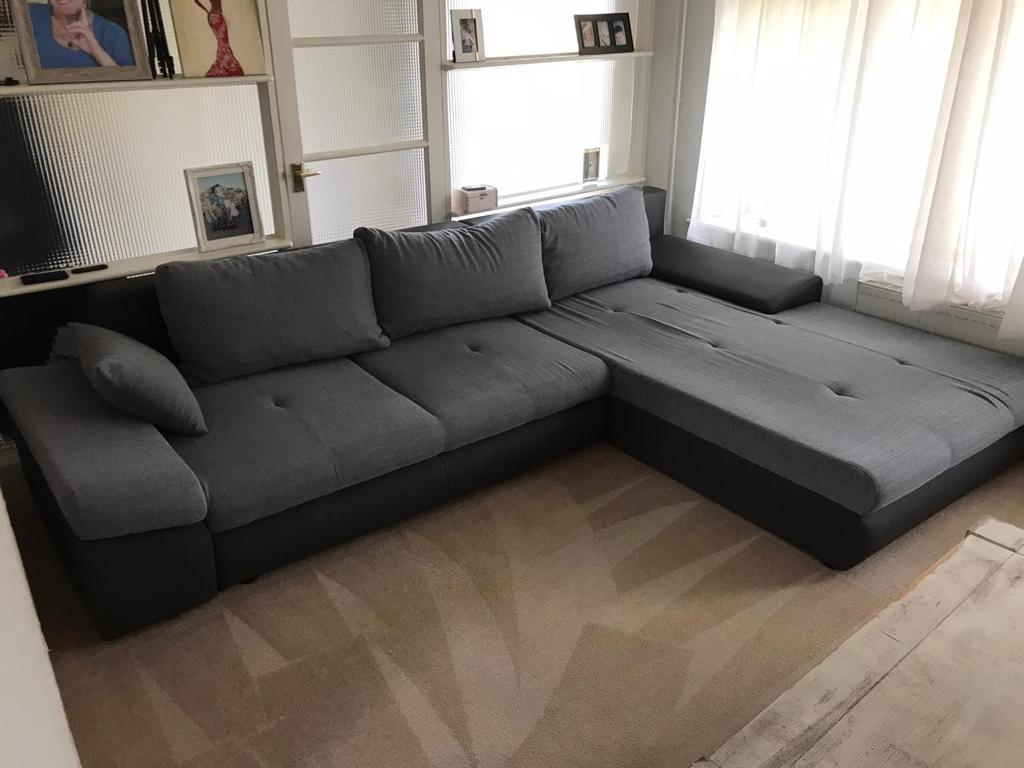Introduction: Carpets are a vital part of any home, adding warmth, comfort, and a touch of elegance to your living spaces. However, maintaining them in top condition can be a challenge, especially in homes where humidity levels fluctuate throughout the year. High humidity can lead to issues like mould, mildew, and unpleasant odours, while low humidity can cause carpets to dry out and fibres to become brittle. At K&S Carpet Cleaning Sevenoaks, we understand the impact that varying humidity can have on your carpets. In this blog post, we’ll share our expert advice on how to maintain your carpets, ensuring they stay fresh, clean, and in excellent condition, no matter the humidity levels in your home.
1. Understanding the Impact of Humidity on Carpets
Before diving into maintenance tips, it’s important to understand how humidity affects your carpets.
- High Humidity: When humidity levels are high, carpets can absorb excess moisture from the air. This can lead to dampness, which creates a breeding ground for mould, mildew, and dust mites. Over time, this can result in unpleasant odours and potential health issues, especially for those with allergies or asthma.
- Low Humidity: In contrast, low humidity levels can cause carpets to lose moisture, leading to dry, brittle fibres. This can result in fraying, loss of softness, and an increased likelihood of wear and tear. Additionally, static electricity can become a problem in very dry environments.
2. Regular Vacuuming to Remove Moisture and Dirt
One of the most effective ways to maintain your carpets, regardless of humidity levels, is through regular vacuuming. In humid conditions, vacuuming helps to remove dirt and moisture that can become trapped in the fibres, reducing the risk of mould and mildew growth. In drier conditions, vacuuming helps to lift dust and debris, preventing them from settling into the carpet and causing further damage.
Tip: Use a vacuum with a HEPA filter to capture the smallest particles, and consider vacuuming high-traffic areas more frequently, particularly during periods of high humidity.
3. Use a Dehumidifier in High-Humidity Areas
In homes with high humidity levels, using a dehumidifier can significantly improve the quality of carpets. A dehumidifier reduces the amount of moisture in the air, preventing carpets from absorbing excess dampness. This not only protects the carpet fibres but also reduces the risk of mould and mildew.
Tip: Place dehumidifiers in rooms where humidity is a known issue, such as basements or bathrooms, and ensure they are regularly emptied and maintained for optimal performance.
4. Humidifiers for Low-Humidity Conditions
Suppose your home experiences low humidity levels, particularly during the winter months when heating systems can dry out the air. In that case, a humidifier can help maintain the moisture balance in your carpets. By adding moisture to the air, a humidifier prevents your carpets from becoming too dry and brittle, helping to preserve their softness and extend their lifespan.
Tip: Monitor the humidity levels in your home with a hygrometer to ensure they remain in the ideal range of 30-50%. This will help maintain a comfortable environment and protect your carpets.
5. Professional Deep Cleaning to Combat Humidity Effects
While regular at-home maintenance is essential, professional deep cleaning is crucial for combating the effects of varying humidity levels on your carpets. At K&S Carpet Cleaning Sevenoaks, we offer specialised cleaning services that target moisture-related issues like mould and mildew, as well as methods designed to revitalise dry and brittle carpets. Our deep cleaning process removes embedded dirt, allergens, and moisture, leaving your carpets fresh, clean, and protected.
Tip: To keep your carpets in optimal condition, schedule professional carpet cleaning at least once or twice a year, depending on the humidity levels in your home.
6. Proper Ventilation to Control Humidity
Good ventilation is key to managing humidity levels in your home. Ensure that your home is well-ventilated, particularly in rooms with carpeting. Open windows when the weather permits, use exhaust fans in bathrooms and kitchens and consider installing air vents or fans in rooms that tend to retain moisture.
Tip: Regularly check and clean your home’s ventilation systems to ensure they are working efficiently, and consider using ceiling fans to improve air circulation.
7. Promptly Address Spills and Stains
In homes with high humidity, spills and stains can quickly become problematic if not addressed promptly. The moisture from spills can penetrate the carpet fibres, leading to mould growth or staining. In low humidity, spilt liquids can evaporate too quickly, leaving behind residues that attract dirt and grime.
Tip: Blot spills immediately with a clean cloth and treat the area with a suitable carpet cleaner. Avoid rubbing the spill, as this can push the liquid deeper into the fibres.
Conclusion: Maintaining carpets in homes with varying humidity levels requires a proactive approach to cleaning and care. By understanding how humidity affects your carpets and following these tips, you can protect your investment and ensure your carpets remain in excellent condition year-round.
Call us on: 01732 904 097
Click here to find out more about K&S Carpet Cleaning Sevenoaks
Click here to complete our contact form and see how we can help you with your carpet needs.

